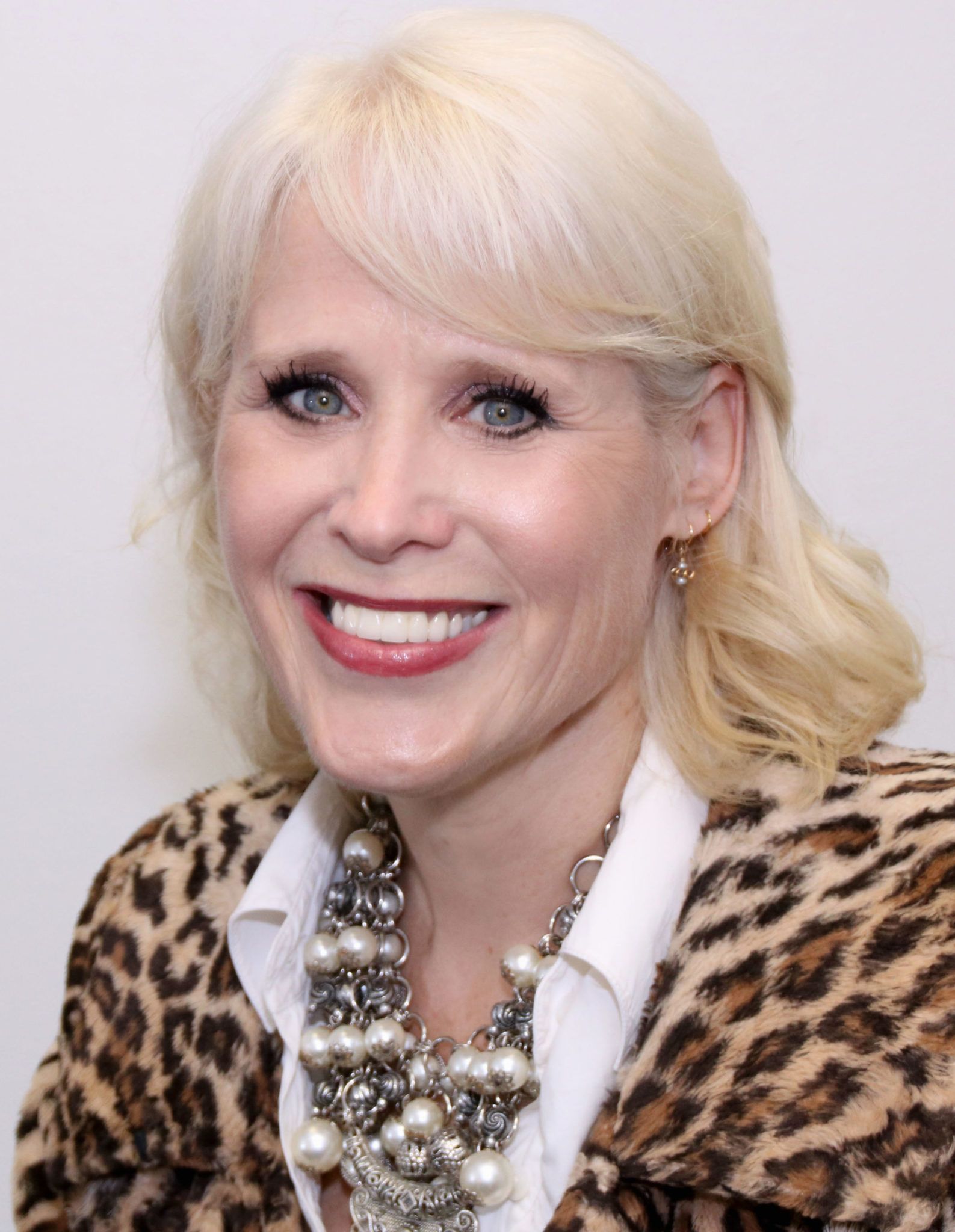Customer service has a point where it starts and ends. The customer experience has a starting point long before a purchase decision was made, and an infinite ending, all of which should be seamless to the purchaser and end-user.
The difference between customer service and customer experience? When you are shopping at Publix and encounter friendly team members stocking groceries, a helpful person in the deli or a happy person doing your checkout, that is customer service.
The customer experience started long before that, and contains other components, and continues long afterward. The customer experience started from the decision to log in or to shop at Publix, on Instacart, or walk in the store. The parking must have been easy, clean carts available and a sense of safety as one comes in the store. Having shelves stocked with items you want, clear pricing and easy to understand promotions all add to the customer experience. As you check out the contactless payment, ease of using digital coupons and a friendly cashier/bagger all add to this. The customer experience continues as you leave the store. Loyalty programs are a significant part of the customer experience as is finding the NPS (net promoter score) where the customer is asked how likely they are to recommend the business.
For business to business, understanding the customer experience is even more important. Typically, there are less customers in the base than in business to consumer, or direct to consumer, thus the risk is greater when a customer is lost. If the purchase process is simplified, product is delivered timely and concerns/questions quickly resolved, then you have superior customer service. The literal courting of a customer, the relationship that is developed over time, and the ability to support each other are components of the customer experience. This is mapping out the customer journey for the customer experience. Customer service is transactional but the customer experience is about value and increasing the customer lifetime value.
Research shows that companies that invest in the customer experience have higher stock prices and greater increases in profitability, value and long-term sustainability. There are three main reasons to work on the Customer Experience:
- Diversified revenue streams. Companies fall into patterns with revenue streams that have history and lose sight of either gaining prospects, growing customers or retaining clients. All this impacts the bottom line and needs to be worked on in a variety of ways in an organization.
- Analyzing, and selling, to profitable sales accounts. Companies can look at sales as the driver to the bottom line, but they need to be generating an ROI and a percentage of profit. Customer Experience can help a company understand who their “best” customers are, what segments they are in and how to cultivate these for profitable sales.
- Controlling expenses. The cost to acquire a new customer is five times greater than retaining a client. Understanding the direct and indirect cost of customer acquisition, and customer loyalty, is tantamount to a company.
Be proactive and learn about your customer’s journey to create the ideal customer experience. With this, you can continually delight your customers with greater ease and build your bottom line.
Patty Soltis works as a customer experience strategist with organizations to achieve peak performance that exceed their expectations, delight the customer and attain a customer-centric culture. Clients include P&G, J&J, Pfizer, EY, Deloitte, Unilever and many start-ups. Reach her at [email protected].










